The cytoplasmic fluid inside the muscle cells is largely occupied by myofibrils, which constitute the contractile component.
Each muscle fiber is made up of about 1000 myofibrils, enveloped by the sarcoplasmic reticulum; myofibrils extend along the entire length of the fiber and are organized in long longitudinal bundles.
Each myofibril has a thickness between 0.5 and 2 µm, for a length ranging from 10 to 100 microns (1 micron = 1/1000 mm.).
As anticipated, myofibrils are surrounded by the sarcoplasmic reticulum, a complex system of vesicles and tubules that gives rise to the sarcotubular system. The purpose of this structure is to accumulate the calcium necessary for contraction.
Moving more and more into the microscopic, we discover that myofibrils are themselves composed of parallel myofilaments, which are of two types: thick and thin. A characteristic streak along the major axis of the myofibril can also be observed, due to the regular alternation of light and dark bands.
- The dark bands are called bands or discs A
- The light bands are called I bands
- Each I band is divided in two by a Z line
- Each band A is divided in two by a stripe, called H, placed in its central part.
The stretch of myofibril between two adjacent Z lines
(1/2 band I + band A + 1/2 band I)
takes the name of SARCOMERO
The sarcomere is the structural and functional unit of the myofibril, ie the smallest unit of the muscle capable of contracting.

Inside the single myofibril, the various sarcomeres follow one another, as if to form a high stack of cylinders. In the muscle, moreover, the fibers are arranged parallel, so that the respective sarcomeres are aligned. In others words, next to a Z line of a myofibril there is always a Z line of the adjacent myofibril; this symmetry means that as a whole, the entire muscle fiber appears transversely striated.
Myofilaments
Observed under the electron microscope, each sarcomere appears to be formed by a bundle of filaments, arranged longitudinally and parallel to each other. The components of these myofilaments are two proteins, called actin and myosin.
At the center of each sarcomere is about a thousand thick filaments, consisting of myosin. At their ends, these protein molecules derive relationships with thin filaments, made up of "another protein," actin.
In a skeletal muscle fiber cell these contractile elements (thick and thin filaments) are placed in register and are partially interdigitated (superimposed).
- The bundle of thick filaments (myosinic) is located in the center of the sarcomere and constitutes band A;
- The bundle of thin filaments, made up of actin, is located at the poles of the sarcomere and constitutes the two half bands I, which reach up to the Z discs.

This complex structure is the basis of muscle contraction, made possible by the sliding of thin filaments over thick ones.
During contraction, the sarcomere shortens due to the approach of the two Z filaments:
while the length of the filaments and of the A band remains unchanged, there is a reduction of the I band and of the H band.
The generalization of the phenomenon determines the shortening of myofibrils, muscle fibers, fascicles and the entire muscle. It is interesting to note that each sarcomere can shorten up to a maximum of 50% of its length at rest.
During muscle contraction the actomyosin bridges are continuously formed and dissolved, as long as a sufficient quantity of calcium ions and ATP are available; we will better address this aspect in the next article.

THE TENSION DEVELOPED BY A MUSCLE FIBER IS "DIRECTLY PROPORTIONAL TO THE NUMBER OF CROSS BRIDGES THAT ARE FORMED BETWEEN THICK AND THIN FILAMENTS.
Consequently, a muscle that is too stretched or too contracted develops less strength than a muscle that contracts from an optimal degree of stretch.

Length-tension relationship in muscle contraction. The image shows the tension generated by a muscle based on its length before the start of the exercise / muscle contraction. We focus our attention on the active force curve (muscle contraction), leaving out the red one relating to the total force and the blue one. relative to the passive force (due to non-contractile components of the sarcomere - connectin / titin); in particular, following the trend of the curve relating to the active force we note that:
- A) there is no active force since there is no contact between the myosin heads and the actin
- Between A) and B): there is a linear increase of the active force due to the increase of the actin binding sites for the myosin heads
- Between B) and C): the active force reaches its maximum peak and remains relatively stable; in this phase, in fact, all the heads of the myosin are bound to the actin
- Between C) and D): the active force begins to decrease as the overlap of the actin chains reduces the binding sites available for the myosin heads
- E): once the myosin collides with the Z disc there is no active force since all the myosin heads are attached to the actin; moreover, the myosin is compressed on the Z discs and acts as a spring opposing the contraction with a force proportional to the degree of compression (therefore of muscle shortening)
Other articles on "Myofibrils and sarcomeres"
- Muscle anatomy and muscle fibers
- muscles of the human body
- Skeletal muscle
- Muscles classification
- Muscles with parallel bundles and pinnate muscles
- actin myosin
- muscle contraction
- muscle innervation
- neuromuscular plaque

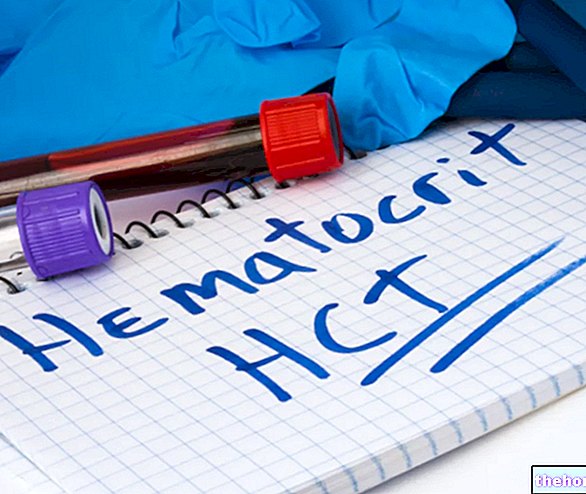
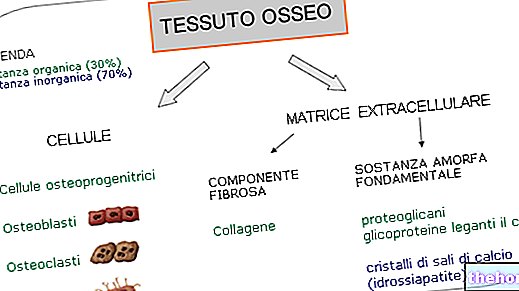
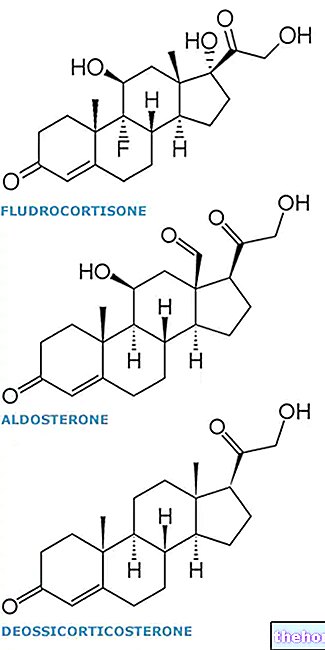
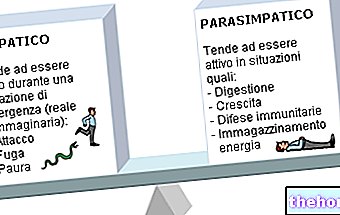
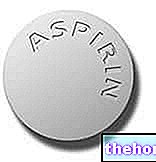
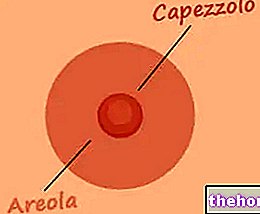









.jpg)











